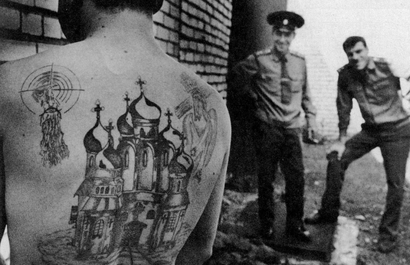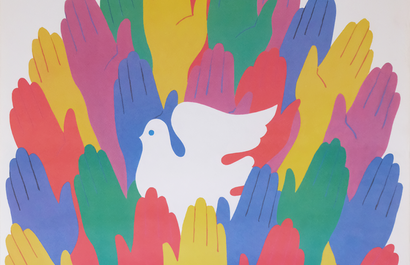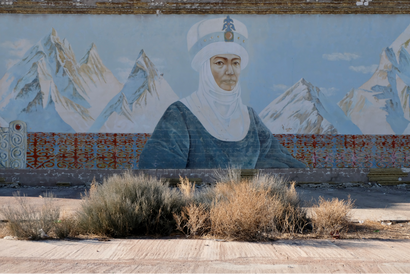Behind the Poster: The Young Pioneers of the USSR

Tying a red handkerchief around your neck was a source of pride in the USSR. On public holidays, millions of Soviet children would march down wide avenues in sprawling parades, singing patriotic songs and saluting banners of Lenin. Young Pioneers were the Soviet’s answer to the Girl and Boy Scouts of America, but they were much more political.
Communist from birth
Indoctrination started at birth. The promise of a socialist utopia couldn’t just be left to chance. Up until age nine, children were called Little Octoberists. They wore a star shaped badge with a toddler-aged Lenin on the lapel of their uniform. Each group of Octoberists was under the leadership of a Young Pioneer. Every Octoberist yearned for the day they would become a Pioneer. They wore the famous red handkerchiefs. They went to summer camps. They had meetings. They were important. After age 14, Young Pioneers graduated to the Komsomol, short for the All-Union Leninist Young Communist League. With their membership to Komsomol, their badge was replaced with one bearing the adult likeness of Lenin. They were now of age. They were revolutionaries, like Lenin.
Membership was voluntary. But it was considered a rite of passage by parents and children alike. Millions of children would spend months learning anthems and bylaws by heart before attending a solemn oath swearing ceremony at their regional Pioneers Palace. Girls and young women were strongly encouraged to join. Many saw it as an opportunity to break from the path of their household duties and the traditional patriarchal structure that came with it. The Komsomol provided education and the opportunity to attend a yearly 3-week summer camp paid for by the state. In the late 70s, membership was more than 40 millions children strong across all three youth organisations. Every year, millions attended one of the more than 40,000 summer camps all across the Soviet Union. After graduating from the Komsomol at age 28, a demonstrated history of active participation was an important consideration when it came to employment or leadership positions within the Communist party.

Loyal to the party above all else
Anthems and chants were the top choice when it came to installing communist ideology and loyalty to the party. The MAGA chants of the Soviet times were “Young Pioneer, be prepared to fight for the cause of the Communist Party of the Soviet Union!” and “Only those who love to work are called the Octoberists”. Chants aside, members also learnt how to raise animals, protect the environment, build public buildings and help the elderly. One handbook encouraged children to "set up an atheist's corner at home with anti-religious pictures, poems, and sayings". Their atheist altars often had poems with titles like “I am Godless”, a clear attempt by the atheist state to replace traditional Christian icons with the state's own message.
Staunchly loyal to the State, more than 2 million Komsomol members joined the Red Army during The Great Patriotic War (known as WWII by most western countries) to fight off the advancing Nazi’s in freezing temperatures. Back home, over 150,000 Komsomol and Young Pioneers supported their comrades on the front line by working in the fields and factories. In the aftermath of WWII, the Komsomol helped construct critical infrastructure, including digging the Volga-Don Canal, building the Dnieper Hydroelectric Station and the Stalingrad Tractor Plant. More than 350,000 members voluntarily moved to Kazakhstan and Siberia to cultivate virgin lands for agricultural use and to spread the vision of a Socialist utopia.
Up until the collapse of Soviet Union in 1991, the red handkerchief was a source of national pride. As former Soviet republics obtained their independence, many closed the Young Pioneer Palaces. Some were even converted into strip clubs or casinos. With striking colours and simple slogans, these posters share an intriguing side of Soviet history. Shop our youth propaganda posters below or explore the collection here.






